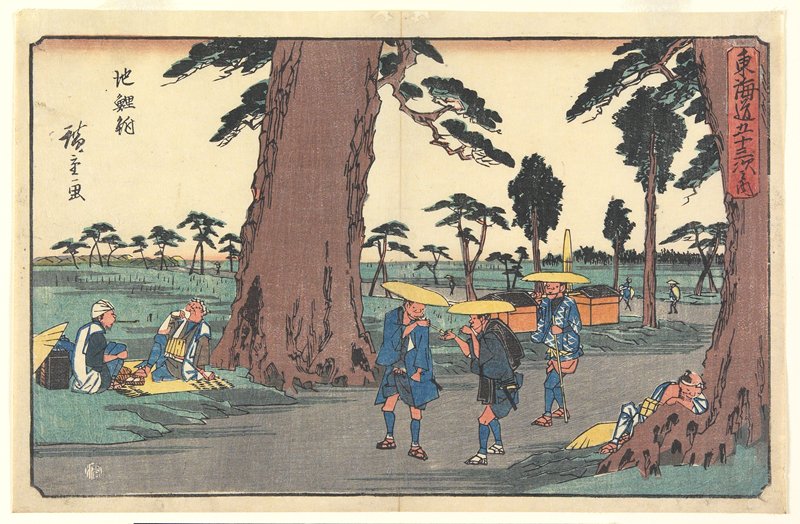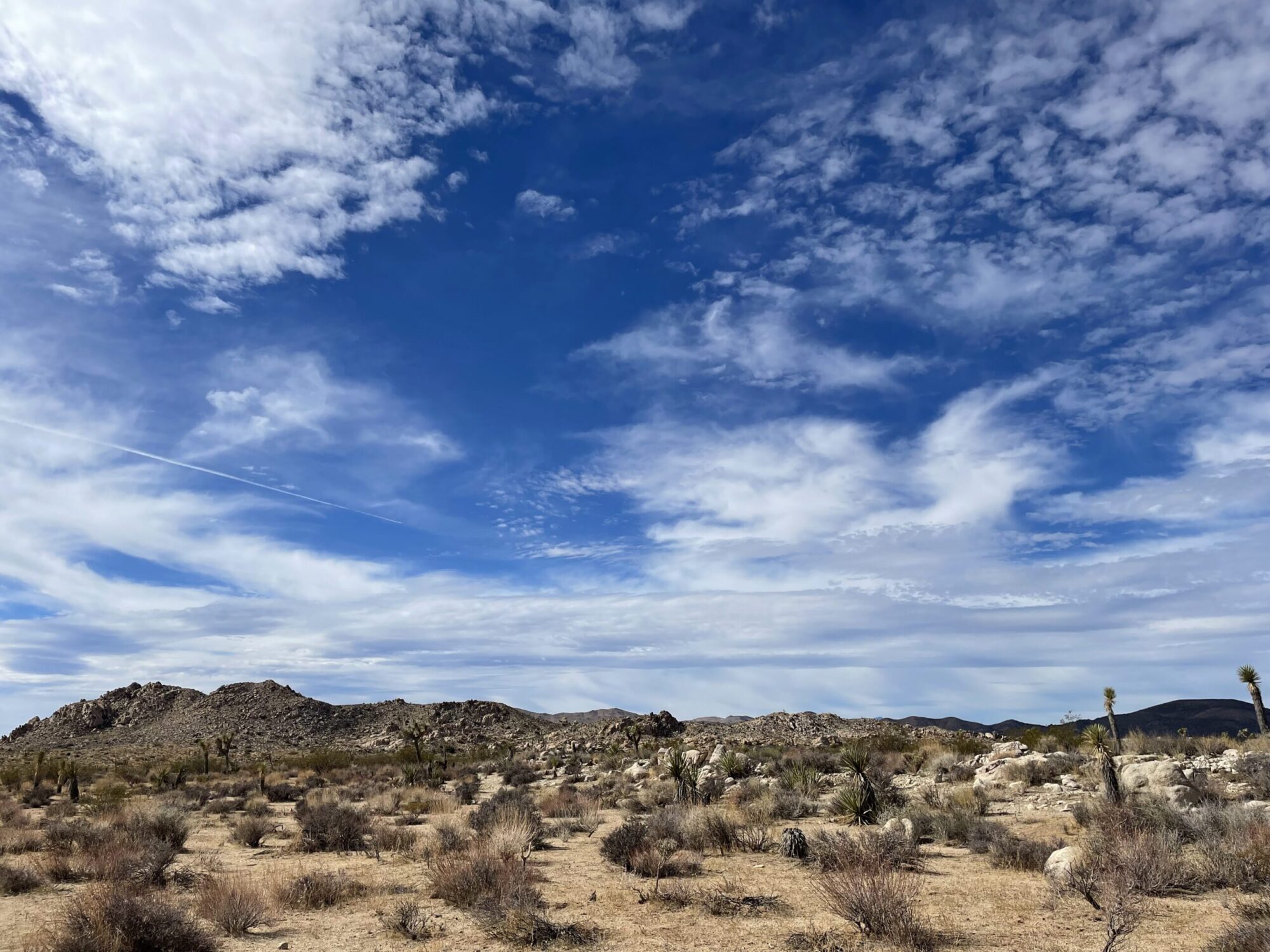Discussion about the retreat on 3/25 and possible future retreats. Here are some zafu details that have come up recently. The props you use to sit in meditation should be sized to your skeletal system as well as to your flexibility. SIZE: A very large person with a large pelvis should use a zafu with an inner circle diameter of maybe 13″-15″ (typically called a “large” zafu). A very petite person with a very small pelvis — maybe 7″-9″ (“small”). Most everyone is in the middle at 10″-12″ (“medium”). For example the one I am using now is advertised as 14″ diameter (where they measure the full diameter) but has an inner circle diameter of 11″. We’ve found another supplier (a student of Katagiri Roshi) that looks even better. USE: When you use a zafu it’s important to only sit on 1/3rd of it, not on the top like some of the advertisements show (defeating the entire purpose of the zafu). Your sit bones should be on it and it should tilt your pelvis forward to give you a good upright posture. STUFFING: Zafus are overstuffed when you receive them, so you need to remove almost HALF the kapok (buckwheat husk stuffing is only good for short meditation periods; too hard for longer periods). The amount to remove depends on your flexibility. Try sitting on it for a while and determine if your knees get sore from too much weight on them (too much stuffing) or if your lumbar back muscles get sore because your pelvis is not tilted forward (too little stuffing). Similar considerations apply if you are using a meditation bench, etc. Happy sitting!
3/20/23
Happy Equinox! We had talked about the Faith in Mind Sutra, and someone texted me a line that stood out for them: “If the mind does not discriminate, all things are of one suchness. In the deep essence of one suchness, resolutely neglect conditions. 心若不異, 萬法一如. 一如體玄, 兀爾忘縁.” Think of this as ‘when you are meditating’. Basically when you find yourself present in the moment without weighing what’s better, figuring out this or that, judging, etc then you can experience ‘suchness’. It’s then that you should be determined to refrain from concern of conditions. And that leads you to awaken, to experience jhana in your meditation. So when you are really intent on something in your daily life that you can’t stop working on it, you are really focused. So how does the meditation instruction of “focus and let go” apply in that daily life situation? Is it good that you are focused or is it bad that you can’t let it go? The answer depends on if you have control….are you choosing to hold on or are you captivated and trapped by it? Remember, this is about moksha/liberation, freeing yourself from the fetters of your attachments so you have space to live and choose as you will. A couple are going to Japan for the Kumano Kodo pilgrimage, and are sure to see many beautiful places and temples. Bon Voyage! Here’s a painting my Hiroshige of some Japanese pilgrims:

3/13/23
How often do you meditate? How long do you meditate for in one session? What posture do you meditate in: sitting, standing, laying down? Do you meditate with eyes open or closed? Chapel prescribes 2/day, 5 minutes each, sitting in a comfortable chair, with eyes closed. A Zen temple might prescribe 9 sessions a day, 40 minutes each, sitting for 30 and walking for 10, with eyes open. Our practice here is 1/week, 60minutes, your choice of posture, your choice of eyes. Lots of variety. What are your personal practice choices? The important thing is to know why you are doing what you are doing (in life and in meditation): is it just a habit, a reaction, a conscious choice? Being mindful or enlightened means being aware of what you are doing and the context or why of it. Maybe with each Kosha: your body, energy, thinking, values, bliss…Bliss is an interesting one: if you lived every moment knowing what the bliss of jhana is, how could anything really bother you? But first you have to experience it. Practically, we are alive to face something: something painful, unpleasant, frustrating, embarrassing, confusing, etc. Eventually we overcome our fear. Here, meditation is practice/training: we temporarily overcome our obstacles. We can do it.
3/6/23
Concluding our look at famous teachings about meditation to support confidence in your search for the answer. The Faith in Mind Sutra is an amazing Chinese Buddhist Sutra by Bodhidharma’s student’s student from around 600AD. This link has everything about it. I pointed out the biographical note on the author, the introductory note by Maezumi Roshi whom I studied with in LA, the original text in ancient Chinese, an interesting translation by a professor from Yugoslavia, and the more common translation by D.T. Suzuki whom Rev. Gene Larr met with for tea when they were alive. Remember Bodhidharma brought Buddhism from India to China around 500AD and is famous for sitting facing a cave wall for 9 years, and even more famous for having created the 5 schools of Zen, Tea Ceremony, Kung Fu and Tai Chi while at Shaolin monastery. Like the Heart Sutra’s discussion of form and emptiness, Faith in Mind discusses non-duality. We use this term in a few different ways: 1) to describe the view of polar opposites like good/bad, hot/cold, love/hate, 2) to describe how we represent reality with words (reification) so there are both words and the thing they represent (e.g. finger and the moon it points to), and 3) to describe the experience of jhana (3rd, 4th, etc jhana to be specific). Also, this meaning is the same duality in quantum mechanics where there is an observer and an observed. When that goes away, you are not watching yourself breathing…there is only breathing. Faith in Mind is also about turning away from concern about circumstances. We often forget that meditation is not a vacation or spa treatment where we are supposed to feel better as a result. Meditation is fundamentally training. We are training ourselves to wake up and be our whole self. Then everything feels better regardless of circumstance. Faith in Mind tells us that we can trust our mind to awaken if only we stop striving with circumstances.
